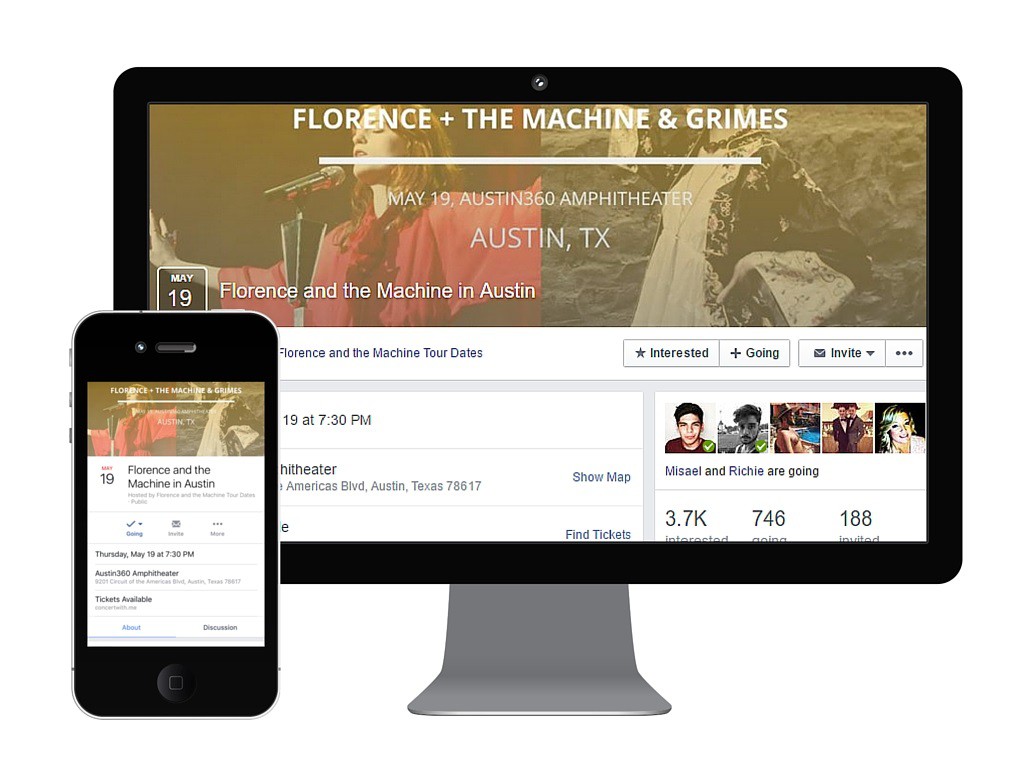If you’re new to Facebook advertising, you might be wondering about boosted posts – like what they’re used for, how to set them up and whether they’re the same as Facebook ads (spoiler alert: they’re not!) While boosted posts sometimes get a bad rap, they can still be useful in your social media strategy.
In this guide, we’ll explain the ins-and-outs of boosted posts, what they’re used for and how to set them up.
Boosted Post Vs. Facebook Ad: What’s the difference?
Boosted posts are the most simple way to run an ad on Facebook. They don’t have the same types of targeting, features and power you can expect from a full Facebook ad, but they are a great option for anyone who is new to the ad world.
People love boosted posts because you can quickly and easily create them from content you already have on your feed! Just post your content, click “boost this post” and boom – you’re pretty much done. Once started, boosted posts allow you to target for engagement (more likes or comments), traffic (more clicks to your website), or messages. With as little as a few clicks and $10, you can reach more people and increase your engagement with a boost!
Facebook ads are a little more tricky, but in turn they offer you much more power. To get started you’ll have to create an Ads Manager account and take some time to learn the ins-and-outs of the Facebook Ads world.
Anyone that’s ever been in the Facebook Ads Manager knows that it can be a long confusing process. Unlike boosted posts, Facebook ads open up a whole world of possibility when it comes to targeting. While you may target people who have been to your website with a boosted post, with Facebook ads you can get even deeper – like targeting people who have been to your website, are also moms with young children and who live in Texas. Plus, you’ll get many more ad objectives like conversions (getting people to take a specific action on your website like buying tickets or signing up for a newsletter), event responses and video views. And don’t even get us started on all the different templates you can choose to show content in!
Just remember that Facebook ads won’t show up on your regular feed. Instead, they’ll be shown only to a specific audience that you select through targeting.
Should I Create a Boosted Post?
While full Facebook ads are always a good idea for organizations looking for more than just engagement, like merch or ticket sales, boosted posts still have their uses. They’re a great way to increase engagement on content already posted to your page in an algorithm that makes it hard for businesses to get noticed. Plus, they are cheaper and easier to use.
We recommend boosted posts to anyone who is just starting out. They’re a great way to get familiar with Facebook targeting and optimization, and it’s better to run boosted posts than no ads at all. Use boosted posts as a stepping stone until you’re ready to run full-blown Facebook ads. They will help you get comfortable with the ins-and-outs when you’re ready to take the leap!
If you find you’re still scared of setting foot inside the Facebook Ads Manager, there are tons of resources to help you get started with full Facebook ads (and Saffire is always here to help!)
So, I’ve Decided to Boost A Post. What Now?
Boosting a post is easy! Just follow these simple steps.
- Post your content. Include your photo or video and some fun, interesting text!
- Click the bright blue “Boost Post” button.
- Select your objective: Do you want to send people to your website, get more engagement on your post, or encourage people to send you messages?
- Choose your audience. Choose between targeting specific demographics, people who like your page or people who like your page and their friends.
- Select your budget. The minimum is $1 a day and at least $10. After you select your budget Facebook will give you an estimate of how many people they expect your post to reach.
- Set your post duration. This is how many days you want your post to run.
- Click boost.
- Congrats! You have a boosted post.
In the end, boosted posts are a great starting place, but we don’t recommend sticking with boosted posts forever. When you are ready to start creating full ads, reach out to Saffire or read more about getting started.















